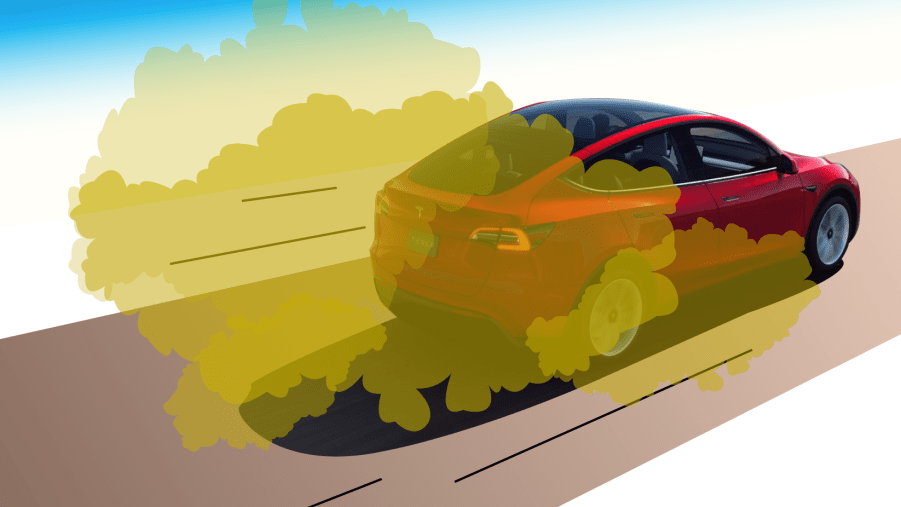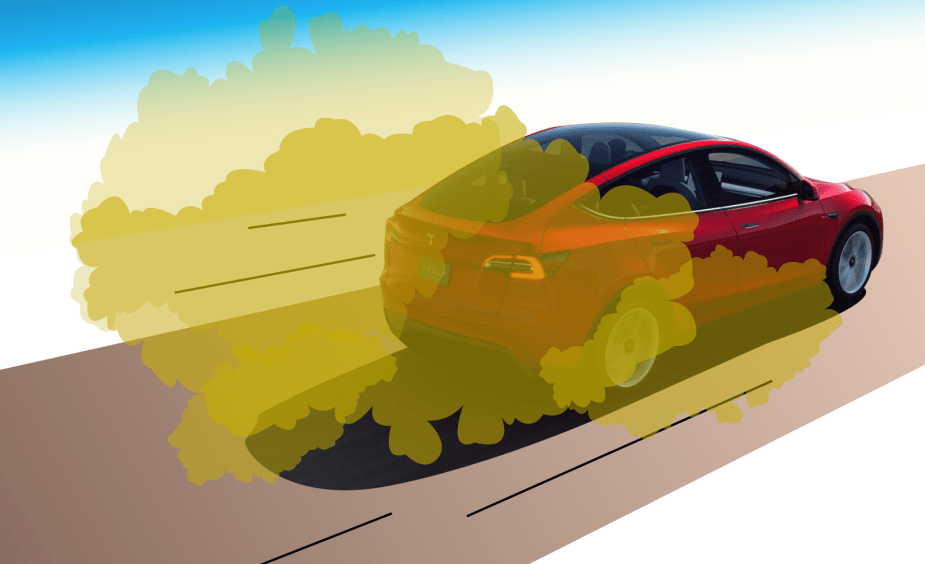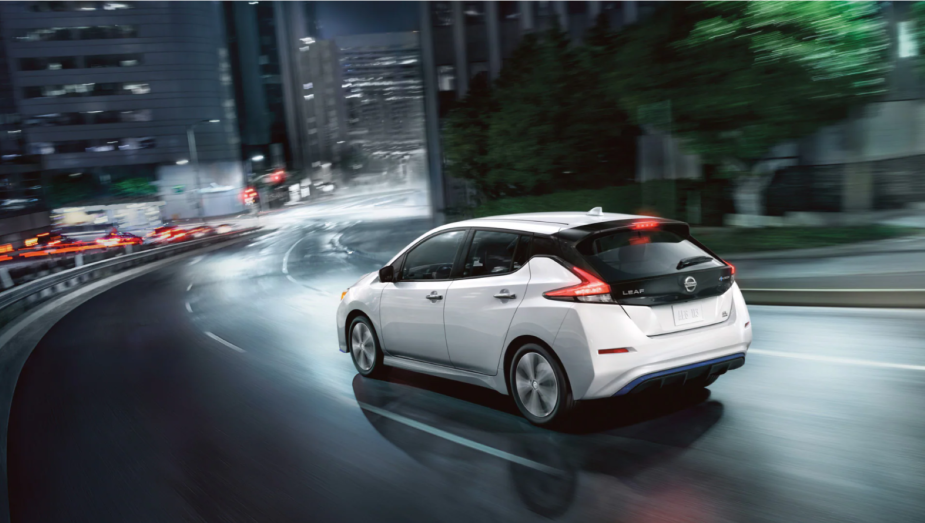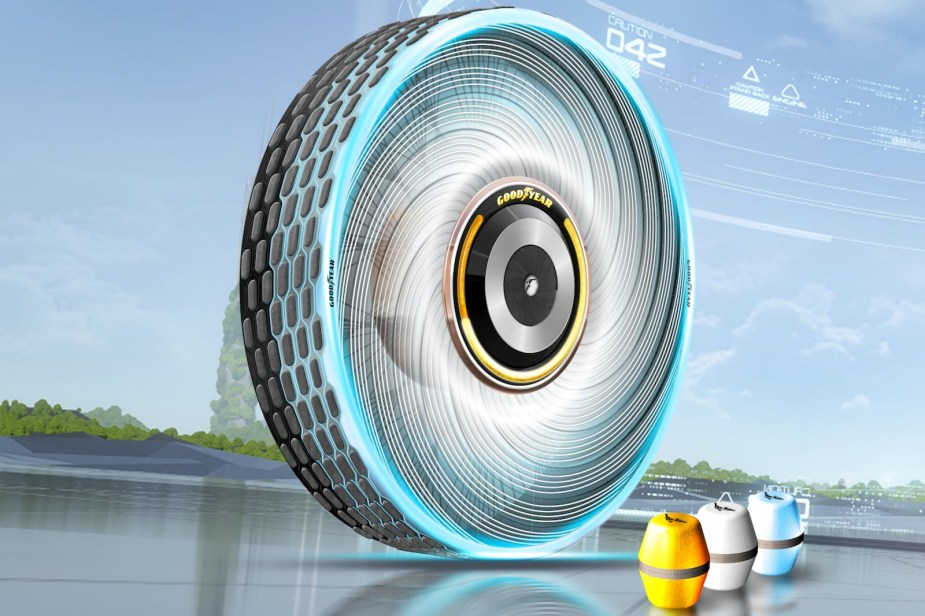
New Study: EVs Create Worse Emissions Than Gas Engines
An unexpected recent study has shown that EVs may be creating more emissions than vehicles with gas engines. Obviously, there is no tailpipe pollution. Heck, there aren’t even tailpipes on EVs. No, the pollution is coming from tires.
All vehicles have tires, why are EVs worse?

Particulate emissions from tires are far in excess of exhaust emissions. All vehicles have tires, but an EV is different. The batteries it carries can weigh in excess of 1,000 pounds.
This creates more of a problem because not only are EV tires wearing out faster but in turns and braking, there is more lateral and downward force. That means tires are creating microscopic tire particles. In fact, 11 percent of tire emissions are smaller than 2.5 microns. That is the same as fine particulate dust.
Who conducted this emissions study?

The new study was conducted by Emissions Analytics. In its detailed study, it collected tire particles and analyzed these samples by mass and number. From this, it determined tire mass loss and the percentage of particles becoming suspended in the atmosphere. In some ways, the collection and analysis are similar to how tailpipe emissions are studied.
The study gets deep into its analysis protocols and discoveries. So if you’re skeptical or just interested in reading about this subject, it is worth reading. Those who might be skeptical will surely feel more comfortable about the conclusions after reading it.
With 1,100 lbs of batteries being lugged around, it can “result in tire emissions that are almost 400 times greater than real-world tailpipe emissions, everything else being equal.” And in normal driving overall, tire emissions produce 1,800 times more pollution than tailpipe particulate emissions.
Why should we believe this emissions study?

While the study may seem like a “gotcha” treatise, it is not. It goes into extreme detail and covers many aspects of what we know about particulate emissions from the two disparate sources. The study went so far as to perform a detailed chemical analysis of over 100 different makes of tires. If driven aggressively, that number doubles.
The good news is that tailpipe emissions continue to decrease. The bad news is that tire emissions are continuing to increase. Even though EV sales continue to increase. But keep in mind that the two pollution sources expose us in different ways. Emissions pollution gets airborne, affecting air quality. Tire pollution goes straight to soil and water.
What are tire companies doing about this?

Tire pollution has been on tire makers’ plates for some time. And Michelin actually produces the world’s first carbon-neutral tire called e.Primacy. Michelin not only took into consideration the tire’s wear pollution, but also how its materials are extracted, how it is produced, and its delivery carbon footprint. It also has the most efficient rolling resistance of any tire made today. This leads to a pledge to lower CO2 emissions by 50 percent by 2030.
Other tire companies like Goodyear have been exploring what a biodegradable tire might be. It is also working on Regenerating qualities, and the use of recyclables and renewable materials.
Overall, the study found that some tires scrub off more toxic particles than others. That will be Emissions Analytics’ next study focus. In short order, we’ll soon be able to read labels on tires showing how toxic they actually are.



